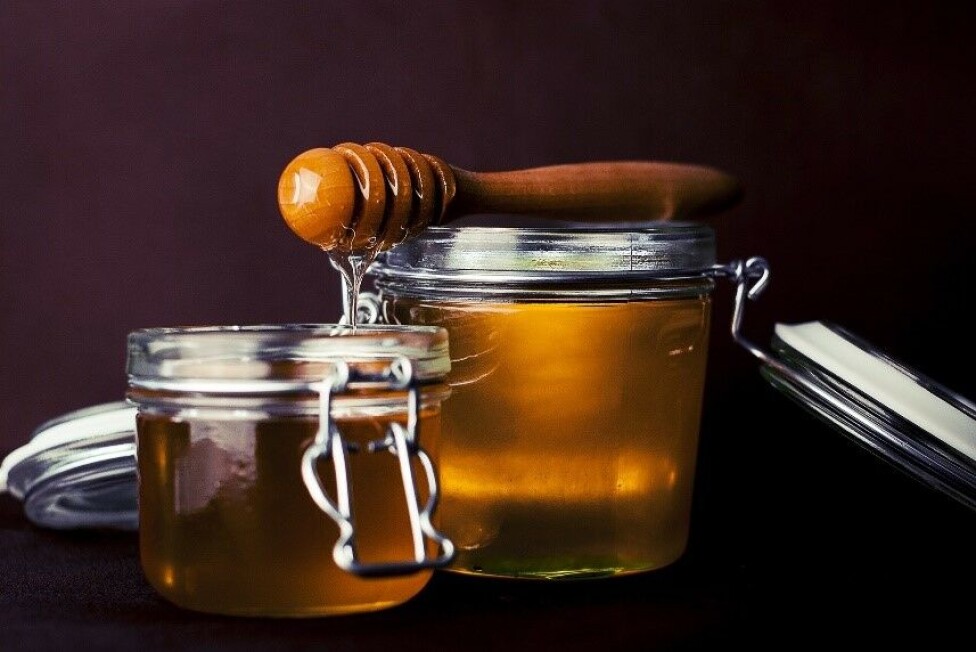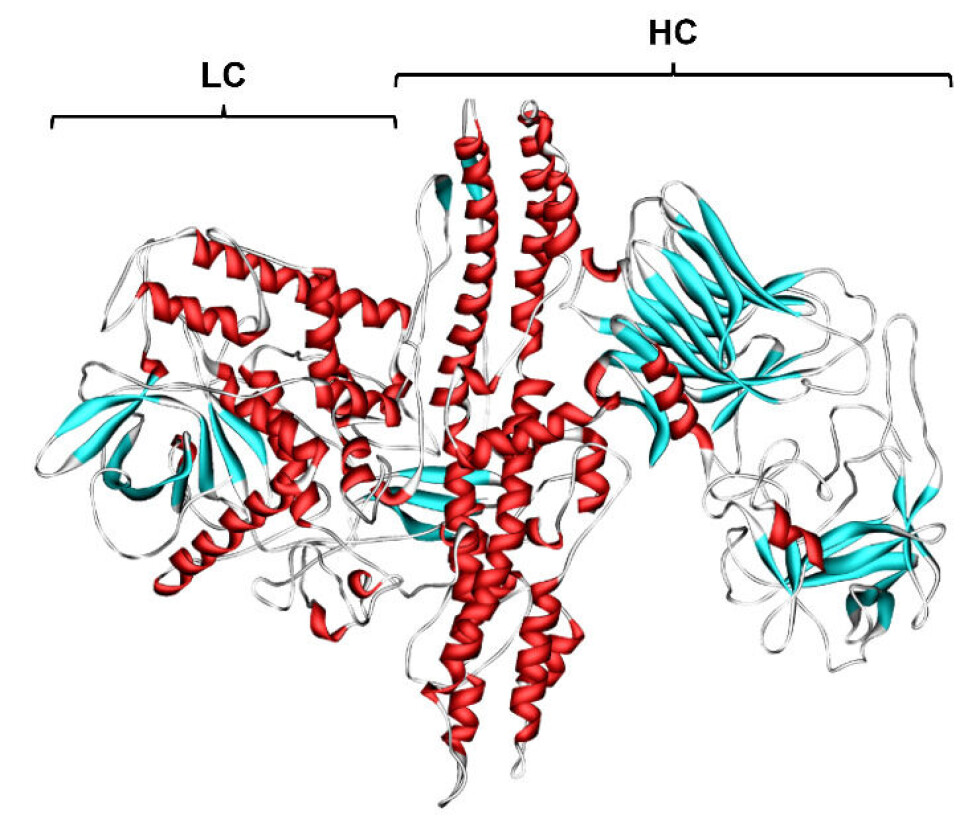Researchers' Zone:

The dark(er) side to Pooh’s cravings for honey
Psychedelic, toxic, carrier of a biological weapon and a wrinkle reducer. Since ancient times, honey has been much more than a sweet treat.
When thinking about potentially toxic substances, the delicacy of choice for the main character of one of world’s most iconic cartoon characters does not typically come to mind.
Winnie the Pooh’s favorite food, honey, is in fact widely known for its sweet properties and positive health effects.
But as it turns out, this sweet substance can turn into a powerful psychedelic and poison, making the bear’s cravings for honey seem far less innocent.
What is Pooh looking for?
The fact that honey can be poisonous has long been known to mankind with reports dating back to around 400 B.C., when the Greek general Xenophon was returning to Greece from a failed attempt to overthrow a Persian king in Babylon.
When his mercenary army came across wild beehives in North-Eastern Anatolia, nowadays Turkey, soldiers started feasting on the honeycombs.
It did not take long before they became disoriented and could no longer stand.
Only three days later were they able to get up on their feet again, as if they had experienced a drugging.
Could it be that everyone’s favorite yellow bear is secretly looking for a similar experience?
Rhododendron flowers give rise to a powerful psychedelic
Even today, the honey that Xenophon encountered is still being made by honeybees in the same region.
There, alternative medicine applies the honey to treat hypertension and sexual dysfunction, while also being known as a hallucinogenic recreational drug.
The so-called ‘mad honey’ actually obtains its properties from the Rhododendron ponticum and Rhododendron luteum plants, both of which you can see in the picture below.
These Rhododendrons contain grayanotoxins which are transferred to the honey when bees collect nectar from their colourful flowers.
When the neurotoxic grayanotoxins are ingested, they overstimulate the central nervous system by keeping sodium channels in an active state and subsequently prolonging cell depolarization.

A feeling of pleasant dizziness
Now how would the grayanotoxin affect you, if you decided to try this “mad honey”?
Depending on how much you dare to take, the results might vary.
The consumption of very small amounts of the honey usually would give intoxicating effects like a feeling of pleasant dizziness and relaxation.
Slightly larger amounts could result in hallucinogenic experiences.
Little is known about the exact dosage requirements to achieve this, but consumption of up to one tablespoon generally does not seem to get you hospitalized.
If you however decide to ramp it up further, it is possible you will start experiencing what is called mad honey poisoning.
Over a thousand cases in 30 years
Between 1984 and 2014, there were 1.199 reported cases of mad honey poisoning, primarily in Turkey.
Around 75% of the patients defined the amount of ingested mad honey as 1-5 tablespoons, showing that the grayanotoxin in mad honey can be quite potent.
The majority of the remaining fraction of patients appeared to have wanted an even wilder ride and took more than 5 tablespoons.
If you yourself were to end up with mad honey poisoning, you would likely experience dizziness, nausea, vomiting, fainting, blurred vision, and possibly cardiac arrhythmias, such as a lower heart rate (bradycardia) or even complete atrioventricular block.
Even though there is a smaller risk, you might also get to experience mental confusion, shortness of breath, poor muscle control, sweating, and double vision.
Easy to treat
Luckily, mad honey poisoning is generally easy to treat with 0.5-1 mg atropine and a saline infusion.
As such, it currently rarely results in fatalities and patients are typically discharged from hospital after 24 hours.
It is, however, likely that cases in more remote areas might not always have such a happy ending due to the fact that there might be no direct access to a hospital.
An example of a less fortunate ending comes from an ancient account, where mad honey was actually utilized as a weapon.
Ancient honeytrap
Back in 67 B.C., the Roman general Pompey the Great and his army were defeated by a local tribe called Heptacometae when passing along the Black Sea, again in North-Eastern Anatolia.
The Heptacometae cleverly left bowls containing mad honey on the road for the Romans to find.
When the Roman soldiers ate the honey they became incapacitated and the Heptacometae then disposed of them easily.
So you might want to reconsider the next time you are about to accept a jar of honey from a malicious neighbour.

Honey as a carrier of a bioweapon
Instead of a plant passing along its toxic properties, it is also possible that honey gets contaminated in other ways.
An example where honey becomes toxic as a result of a bacterial spore typically remains unknown to people until they have their first newborn child.
This is because they are likely not informed until then that it is recommended to avoid giving any honey at all to newborns under 12 months.
The reason why is because spores of Clostridium botulinum bacteria may be present in honey, which is why honey should remain off-limits to newborns.
Stems from soil bacterium
This bacterium, usually found in soil all over the world, produces the neurotoxic botulinum toxin, which you can see on the figure below.
It prevents the release of the neurotransmitter acetylcholine from neuromuscular junctions, causing flaccid paralysis followed by respiratory failure.
If spores of the bacteria contaminate honey and are ingested, they will find their way to the gastrointestinal tract, germinate, try to colonize the gastrointestinal tract, and then cause the rare but fatal illness of foodborne botulism after producing enough botulinum toxin.
Especially children younger than 12 months are susceptible to this foodborne illness commonly known as ‘infantile botulism’.
This is due to the fact that they have an immature immune system, a relative lack of gastric acidity (which would otherwise prevent the spores from germinating), and diminished bacterial flora to compete with the invading bacteria.

Modern technology secures low mortality rates
The only definite treatment for botulism involves the administration of a botulinum antitoxin and, if necessary, intubation in combination with mechanical ventilation.
The antitoxin, containing antibodies or antibody fragments that neutralize the botulinum toxin, can reduce the extent and severity of the paralysis and reduce the duration of mechanical ventilation and intensive care if administered within 48 hours of the symptom onset.
With the arrival of modern mechanical ventilation techniques, mortality rates have dropped down significantly to under 5 percent of all intoxication incidences.
Botulinum toxin as a weapon of bioterrorism
However, a persisting potential problem can be found in the fact that patient recovery requires prolonged use of intensive care resources, which might be limited when there are large outbreaks.
When distributed in aerosols, botulinum toxin is actually the most potent toxin known to mankind.
As such, it is considered a major threat when it is distributed via the air to large groups of people.
Especially since there have already been several, luckily failed, attempts to use it in large scale bioterrorism attacks.
Wrinkle reducer - what Pooh was looking for?
To end on a lighter note, in contrast to what you may expect, botulinum toxin is also widely utilized in cosmetic applications.
It is a well-known relatively safe facial wrinkle reducer under the name of Botox and injected by people all over the world.
By injecting only small amounts of botulinum toxin into overactive facial muscles you can achieve localized muscle relaxation that consequently smoothens the overlying skin.
So, Pooh’s round face might not only be explained by his age or slightly overweight disposition (expanding all the wrinkles).
It could be that he just gets his daily dose of Botox through his honey.
References
- Andreas H. Laustsen's profile (DTU)
- Suthimon Thumtecho's profile (ResearchGate)
- 'Honey and Health: A Review of Recent Clinical Research', Pharmacognosy Res. (2017), DOI: 10.4103/0974-8490.204647
- 'Grayanotoxin Poisoning: ‘Mad Honey Disease’ and Beyond', Cardiovascular Toxicology (2012), DOI: 10.1007/s12012-012-9162-2
- ' The hazards of honey: infantile botulism', BMJ Case Rep. (2010), DOI: 10.1136/bcr.05.2010.3038
This article was originally published on our Danish sister site Forskerzonen.



